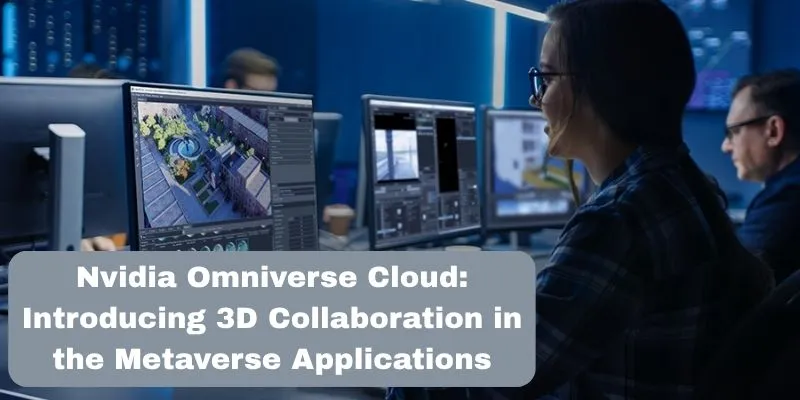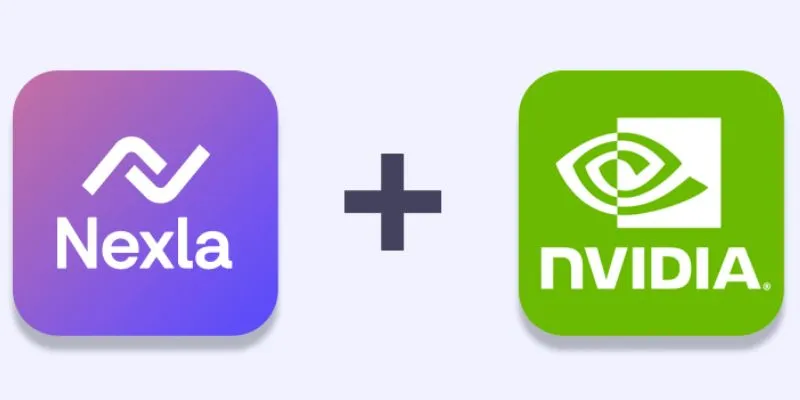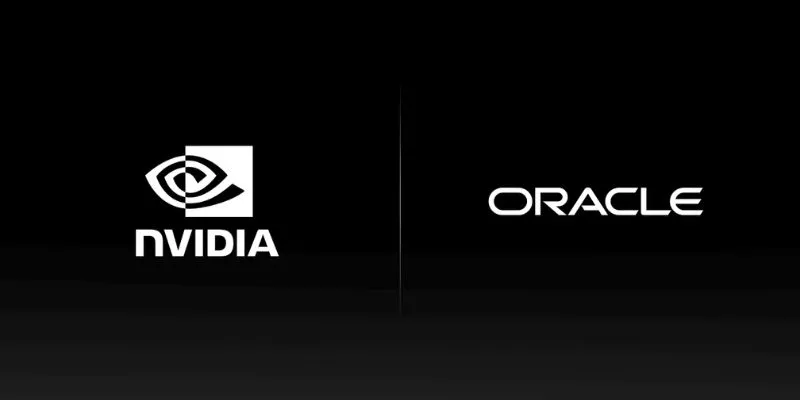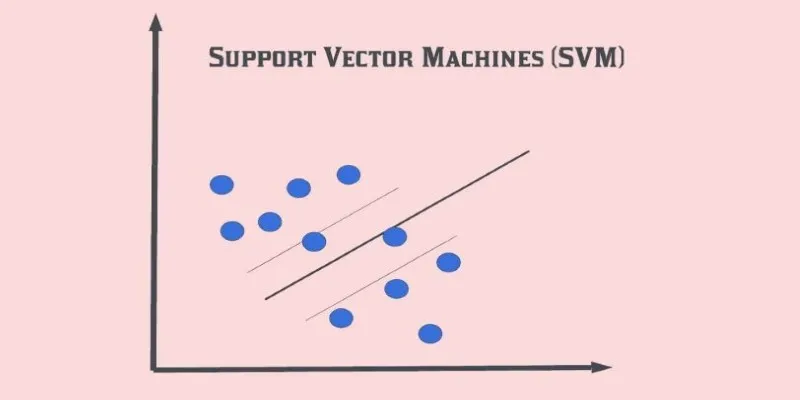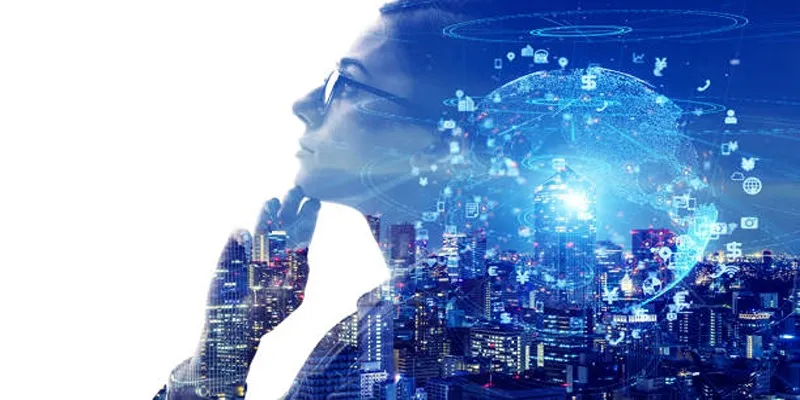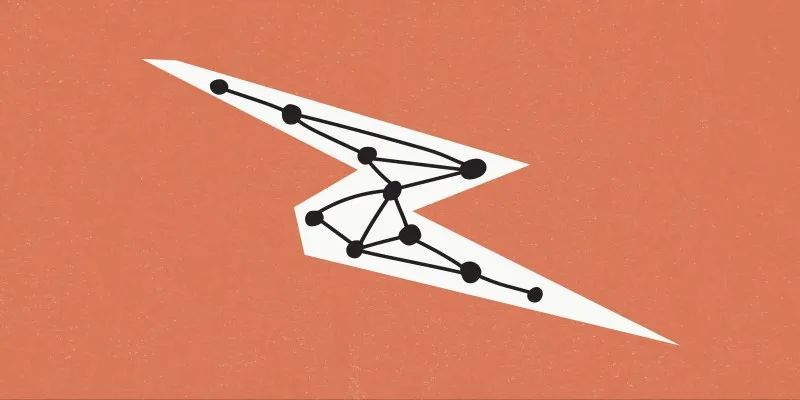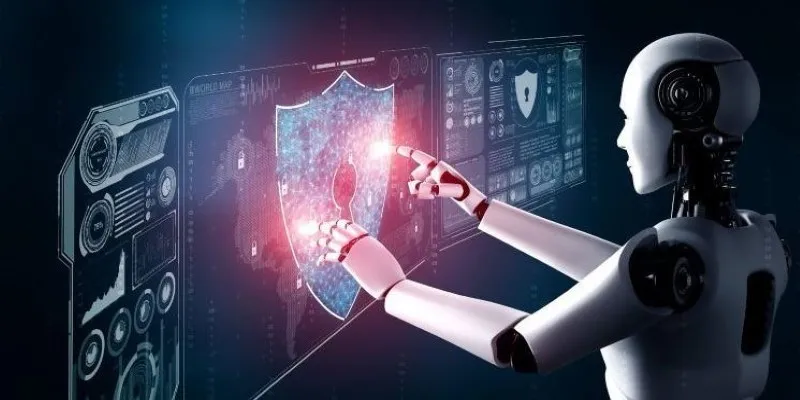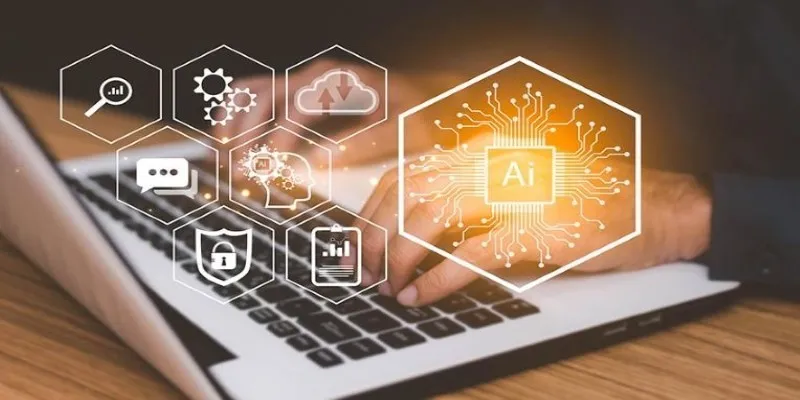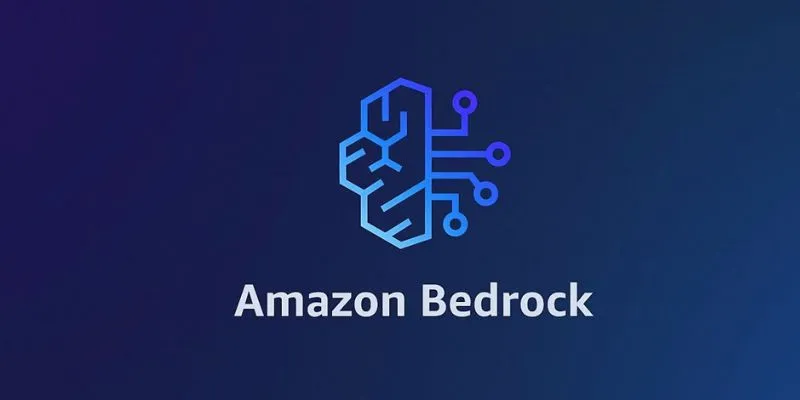A coffee shop in Georgia has become the latest quiet battleground for the future of robotics. Inside this unassuming café, a humanoid robot, powered by Nvidia’s advanced AI technology, takes orders, handles espresso machines, and serves customers their drinks. This isn’t the first attempt at robotic service, but it feels notably different.
Maybe it’s the robot’s realistic movements, the natural way it handles interactions, or the fact that it’s powered by the same technology used in self-driving cars and generative AI. Whatever it is, this robot isn’t just serving coffee—it’s challenging our perceptions of machines in human roles.
What Makes This Robot Different?
This isn’t just a robotic arm pouring drinks. Nvidia’s humanoid robot in Georgia is designed to look and act more like a person. It stands upright, has articulated joints, and interacts with customers in a surprisingly intuitive way. The real secret isn’t the hardware—it’s the software. Nvidia’s AI models handle everything from real-time object detection to motion planning and natural language understanding. This means the robot can locate a cup, determine how to pick it up based on its position and weight, respond to a greeting, and move across the floor without tipping anything over.
The robot operates on Nvidia’s Isaac platform, a suite of tools designed to bring robotics out of the lab and into real-world environments. Isaac includes simulation environments for training robots virtually, making it safer and cheaper to teach them complex skills. The barista robot was trained to recognize common café tasks, simulate human workflows, and handle unpredictable interactions, such as sudden changes in customer orders. Its smooth operation in a public setting highlights the quiet advances in robotics.
The Tech Stack Behind the Coffee
At the core of this humanoid barista is Nvidia’s Jetson AGX Orin, a compact yet powerful AI computer built for edge computing. It processes computer vision, speech recognition, and real-time control simultaneously. Combined with deep learning models trained on thousands of task sequences, the robot operates independently of constant cloud access. This makes it reliable for fast-paced environments like a busy café, where latency could otherwise slow it down.

Sensor fusion also plays a key role. Cameras, LiDAR, tactile sensors, and microphones feed data into the AI system. Vision AI helps it identify cups, ingredients, and hands. Audio input lets it parse spoken orders. Pressure sensors adjust grip strength to avoid spills. Unlike industrial robots on an assembly line, this humanoid robot must adapt on the fly. Every cup is different, and every person interacts uniquely. Nvidia’s edge AI and machine learning provide the robot with a flexible, almost intuitive response model.
This isn’t just about showcasing robotics. Nvidia uses real-world installations, like this café, to test and improve general-purpose robots. Each time the robot pours a cup, it refines its models through reinforcement learning. Feedback from successful and failed tasks helps update the robot’s skills directly at the edge.
Why a Coffee Shop? The Value of Real-World Trials
Serving coffee might seem simple, but it’s a surprisingly rich task for training humanoid robots. It involves social interaction, multitasking, mobility, fine motor control, and unpredictable human behavior. Customers don’t just stand in one spot—they ask for customization, change their minds, and engage in small talk. This environment tests Nvidia’s AI-powered humanoid robot under stress similar to future applications, like healthcare, customer service, hospitality, or education.
Placing the robot in a Georgian coffee shop isn’t about publicity—it’s a controlled experiment in semi-chaotic conditions. It’s easier to predict behavior in a factory, harder in a coffee shop during the morning rush. If a robot can handle latte orders while avoiding kids running past and engaging in polite small talk, it’s ready for more complex tasks elsewhere.
Georgia also provides a testbed with less regulatory friction than some other countries. This allows Nvidia to iterate faster, collect data more freely, and test updates in real-time. Customers effectively become beta testers—not of a half-finished product, but in helping Nvidia measure natural human responses to robot service.
The Bigger Picture: Robots as Co-Workers, Not Just Tools
The success of Nvidia’s AI-powered humanoid robot in a public café opens up a larger discussion. Robots are moving into spaces where they work alongside people. This means social design matters as much as mechanical reliability. How the robot moves, speaks, and even gestures affects how people feel about its presence.

For Nvidia, this is part of a long game. The same AI systems driving this barista can be tuned for elder care, front desk assistance, or warehouse inventory. The more diverse the training environments, the stronger the base model becomes. This coffee-serving robot is a living prototype—not just of robotics tech, but of social AI, physical collaboration, and real-time responsiveness. It’s not meant to replace baristas wholesale. It’s there to see if robots can integrate into everyday human life without disruption.
The secondary keyword “robot serves coffee” has appeared more frequently in recent tech coverage. This isn’t because making coffee is the end goal—it’s a milestone. The phrase “robot serves coffee” once seemed like science fiction. Now, it’s a reality in engineering, marking the point where robots begin blending into familiar spaces, not just factories and labs.
Conclusion
Nvidia’s AI-powered humanoid robot serving coffee in Georgia is more than a novelty; it signals significant progress in robotics and automation. By placing these robots in real-world scenarios, Nvidia is not only testing their functionality but also exploring their potential to blend seamlessly into human environments. As these robots continue to evolve, they bring us closer to a future where AI and robotics play an integral role in our daily lives.
 zfn9
zfn9
